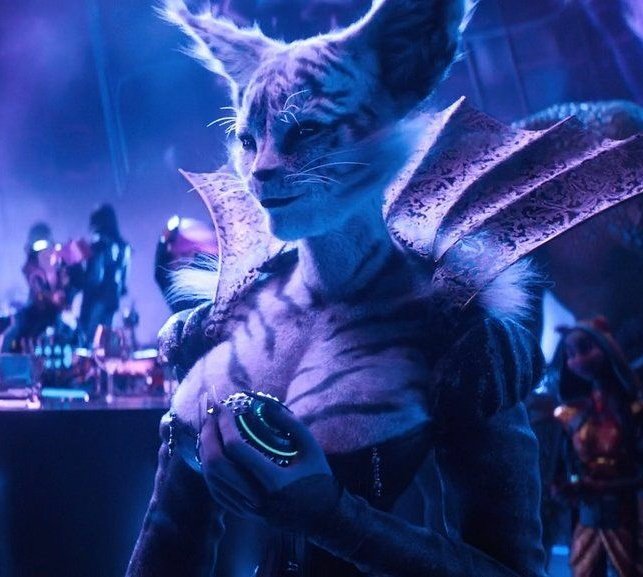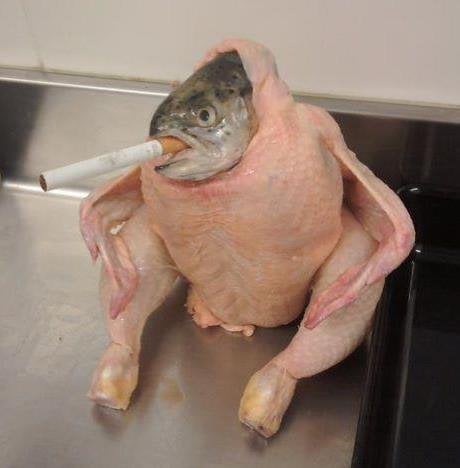Idk, I was assured that pigs had a chinny-chin-chin.
Growing up half Japanese I could never help laughing at that story as chinchin means penis in Japanese, and I think everyone should share in this amusement.
deleted by creator
Have you seen humans without chins? That’s why
My grandma said I was the most handsome boy… Are you calling my dead grandmother a liar?!
Yep
This is why it bothers me when artists add chins to animalistic characters. It looks so wrong. An example:

Like, shit. Cool character design but you gave the cat lady a chin. Cats don’t have chins, why did you give her a chin?
They don’t have opposable thumbs, go into night clubs, walk bipedally or have those wing things either, why is it the chin that bothers you?
That character is mostly a cat skinned human.
“If you’re looking across all of the hominids, which is the family tree after the split with chimpanzees, there [are] not really that many traits that we can point to that we can say are exclusively human,” Duke University’s James Pampush tells Robert Siegel for NPR. “[T]hose animals all walked on two legs. The one thing that really sticks out is the chin.”
One of the most popular ideas is that our ancestors evolved chins to strengthen our lower jaws to withstand the stresses of chewing. But according to Pampush, the chin is in the wrong place to reinforce the jaw. As for helping us speak, he doubts that the tongue generates enough force to make this necessary. A third idea is that the chin could help people choose mates, but sexually selective features like this typically only develop in one gender, Pampush tells Siegel.
The spandrel hypothesis is as good a theory as any, but it too has its problems. It’s hard to find evidence to test if something is an evolutionary byproduct, especially if it doesn’t serve an obvious function. But if researchers one day do manage to figure out where the chin came from, it could put together another piece of the puzzle of what makes us different from our primate and Neanderthal cousins, Yong writes.






